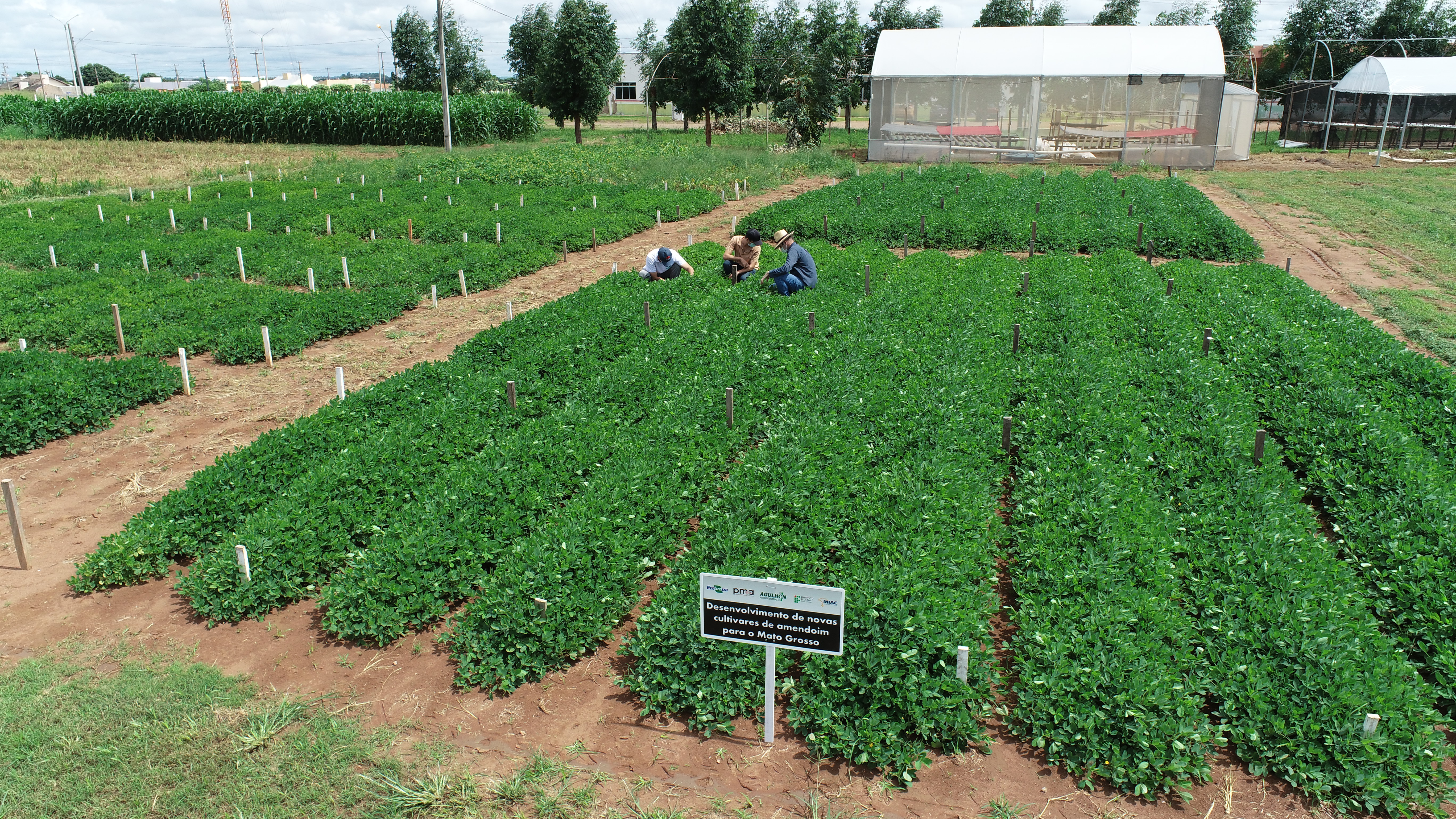Agronomic characteristics of peanut BRS 425 OL as a function of different seed densities in southeastern Mato Grosso state
DOI:
https://doi.org/10.52755/sas.v3i2.179Keywords:
Arachis hypogaea L., Peanut tree, Populations, ProductivityAbstract
The present work aimed to evaluate the agronomic characteristics in different densities of BRS 425 OL peanut plants, in the southeastern region of the state of Mato Grosso, as a function of different seed densities. The experiment was carried out in the agricultural year 2021/22, in the experimental area of the Federal Institute of Education, Science and Technology of Mato Grosso - Campus São Vicente, Campo Verde Reference Center, located in the municipality of Campo Verde - MT. The experimental design was in randomized blocks, with four replications. The treatments were four densities: 8, 16, 24 and 32 seeds m-1. The cultivar used was BRS 425 OL, developed by Embrapa's PMA. The plots were composed of four lines of three meters in length, with a spacing between lines of 0.90 m, an interval between plots of one meter and with a total plot of 5.4 m2. The parameters evaluated were plant height at 22, 31, 47, 55, 69, 77, 87 and 100 days after planting (DAP), weight of 100 grains and pod yield. Plant heights were influenced by different seed densities. On the other hand, the mass of 100 grains and the yield of pods did not differ from each other in the southeastern region of Mato Grosso. Thus, it is necessary to repeat the study to confirm the results obtained.
Downloads

Downloads
Published
How to Cite
Issue
Section
License
Copyright (c) 2022 Daniele Fernandes Campos, Alexandre Caetano Perozini, Charles de Araújo, Jair Heuert, Jakeline Cruz Nunes, Maxsuel Antonio Rodrigues, Maxuel Fellipe Nunes Xavier

This work is licensed under a Creative Commons Attribution-NonCommercial-ShareAlike 4.0 International License.
Autores concordam com os seguintes termos:
a) Os autores mantêm os direitos autorais e concedem à revista o direito de primeira publicação, com o trabalho simultaneamente licenciado sob a LicençaAttribution-NonCommercial-ShareAlike 4.0 International, que permite o compartilhamento do trabalho com reconhecimento da autoria e publicação inicial na Revista SAS. A licença permite o uso, a distribuição e a reprodução irrestrita, em qualquer meio, desde que devidamente citada a fonte. Essa licença permite também que outros remixem, adaptem e criem a partir do seu trabalho para fins não comerciais, desde que atribuam a você o devido crédito e que licenciem as novas criações sob termos idênticos.
b) Não cabe aos autores compensação financeira a qualquer título, por artigos ou resenhas publicados na South American Sciences.
c) Os conceitos expressos nos artigos publicados na South American Sciences são de inteira responsabilidade de seus autores.








